How Invasive Species Impact Canada
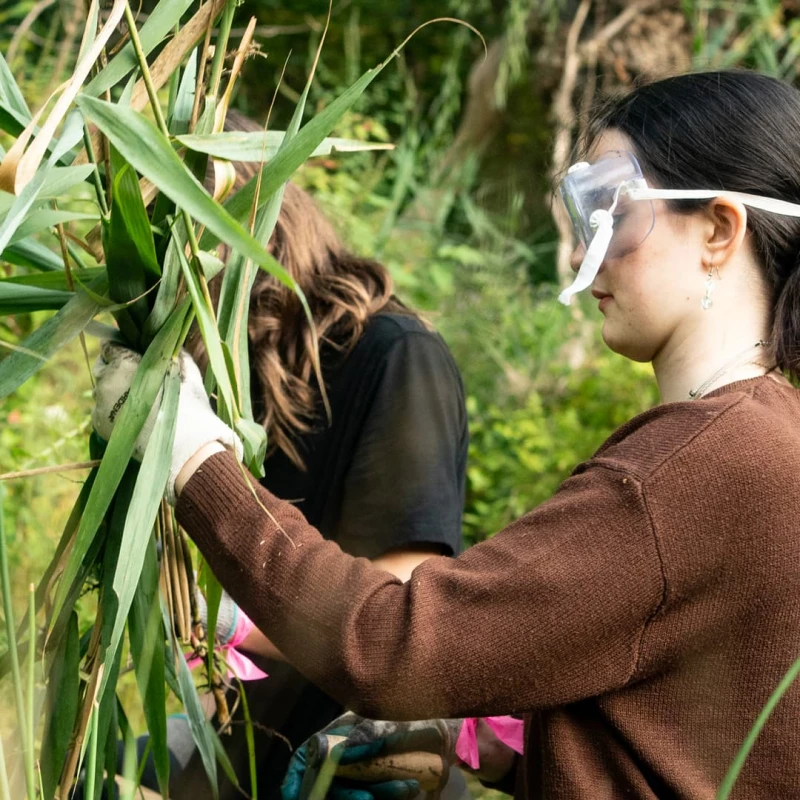
Data Gaps Hinder Management
Invasive species spread quickly. Thus, early detection and rapid response (EDRR) is essential. Without data from community scientists, infestations may go undetected and cause widespread damage.

Ecosystem Disruption
Invasive species outcompete native plants and animals, altering habitat and reducing biodiversity. Tracking their movements helps inform effective management strategies.
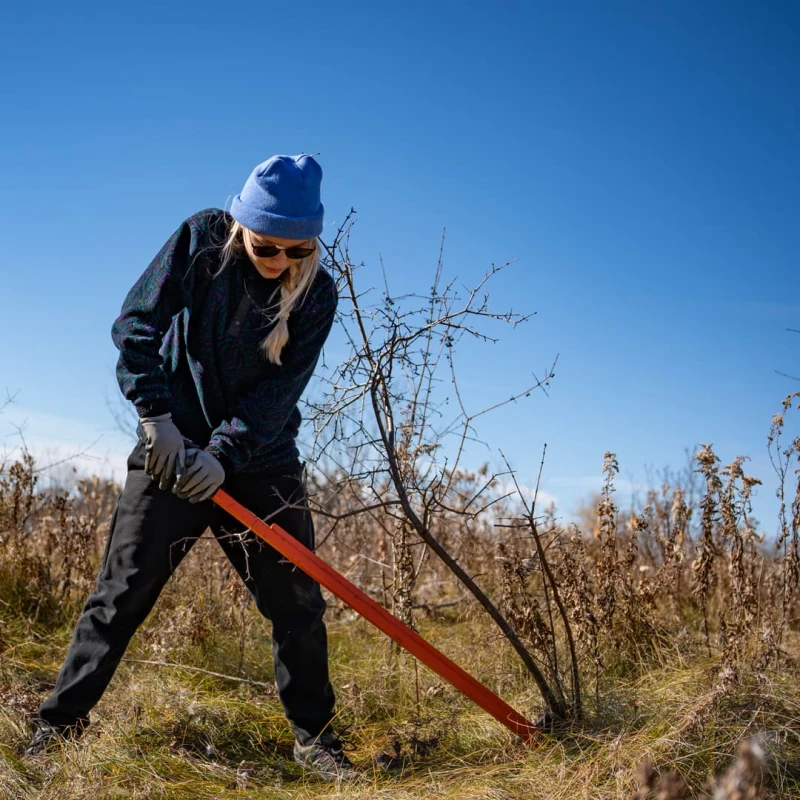
Economic Losses
Invasive species cost Canada billions annually to manage in different sectors such as agriculture, forestry, and fisheries. Data collected by community scientists helps governments and organizations identify infestations thereby allowing for the prioritization of resources and control sites and the development of targeted management strategies.
Best Practices for Community Scientists
Use Tracking Tools Like iNaturalist
Upload photos, locations and observations of suspected invasive species to apps like EDDMapS or iNaturalist. The data collected is used by researchers and other organizations combating invasive species, such as invasive species councils, to monitor the spread, identify emerging threats, and prioritize resources.
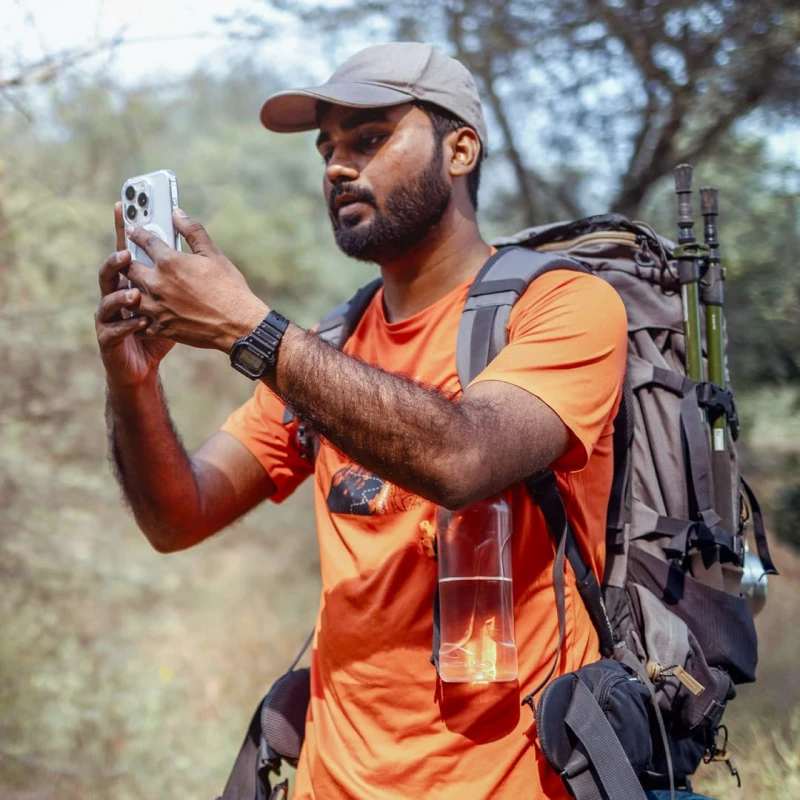
Join Local Monitoring Projects or Engage in Restoration Work
Participate in programs organized by local invasive species councils or conservation groups. These efforts often involve identifying and removing invasive species in parks, forests, and waterways.
Help restore degraded habitats through engaging in local restoration work by planting native species, removing invaders, and improving conditions for local wildlife.
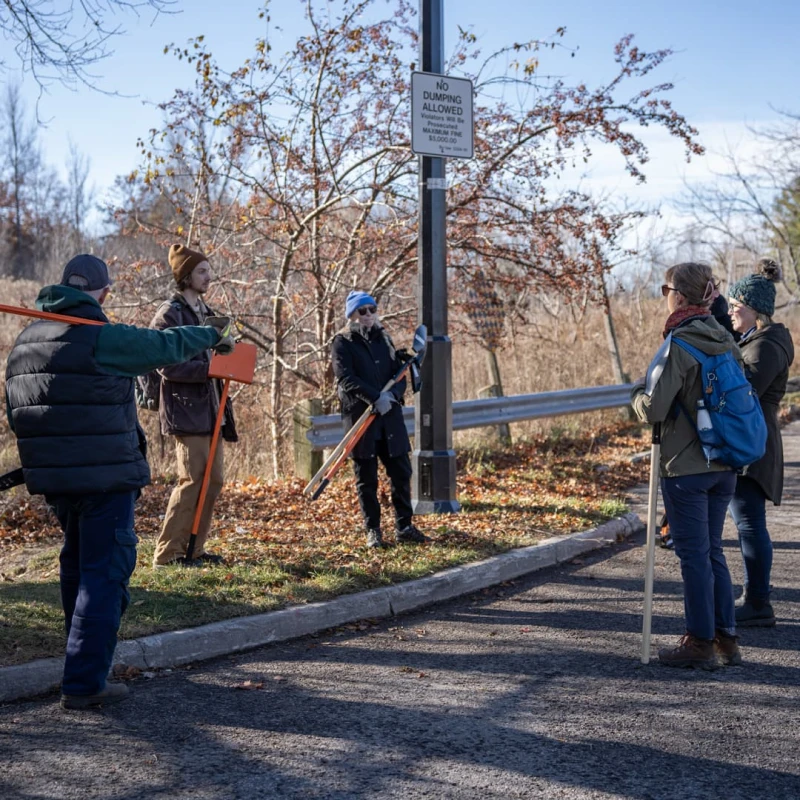
Learn to Identify Invasive Species
Familiarize yourself with invasive species common to your region using resources like the Grow Me Instead guides, species profiles and other materials provided by Invasives Canada chapters.
Want a quick ID in the field? Try the iNaturalist app:
- Open the “Observe” function and snap a clear photo.
- Tap “What did you see?” to get AI-powered species suggestions.
- Submit your observation to contribute to community science and help track invasive species in Canada.
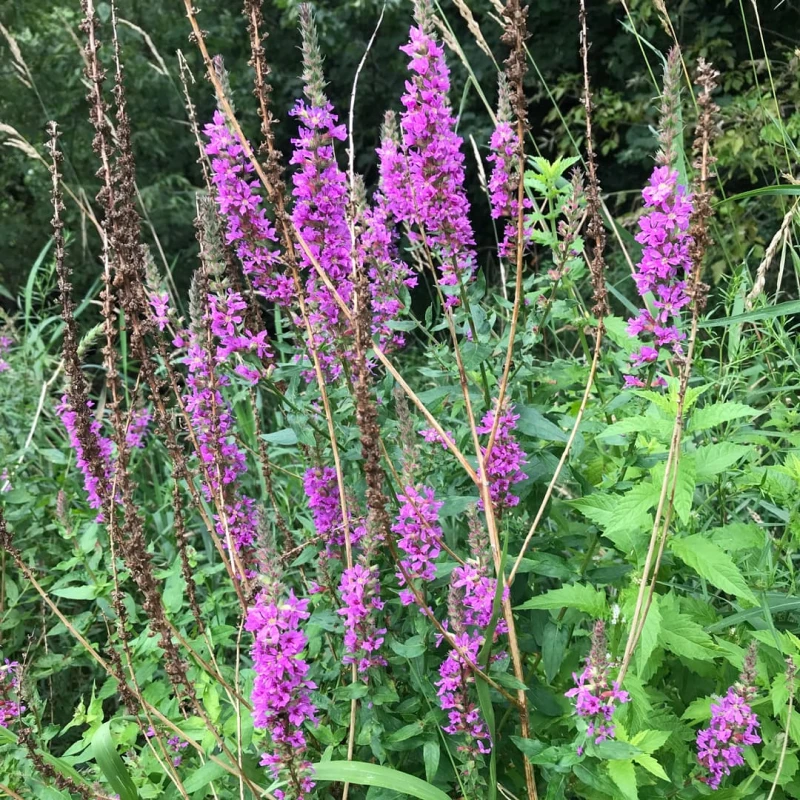
Raise Awareness in Your Community:
Share your knowledge with friends, family, and neighbours to encourage responsible practices, such as cleaning gear, not transporting firewood, and reporting sightings.

Invasives Canada Partnerships for Community Scientists

Invasives Canada works closely with organizations like Parks Canada, provincial invasive species councils, and local conservation groups to support citizen science efforts. These partnerships provide tools, training, and resources to empower community scientists and amplify their impact.
Take Action Today
As a community scientist, you are on the front lines of protecting Canada’s ecosystems. Download apps like EDDMapS or iNaturalist, participate in local monitoring programs, and share your findings to help stop the spread of invasive species. Together, we can safeguard biodiversity and preserve Canada’s natural heritage.
